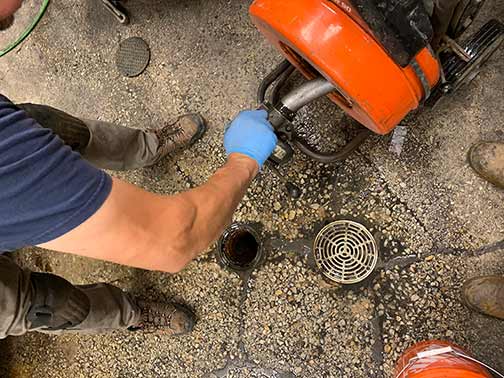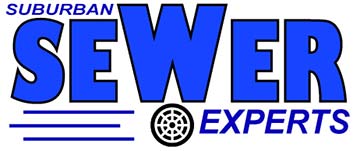
Sewer lines can become clogged with debris; this is a routine problem common to all sewer lines, says Key Home Management. There is no way to completely stop this process, although you can minimize the risk of drain clogs by learning the best practices of sewer line management.
But even if you used your home’s sewer line in the recommended way, never once abusing it, you must still take steps to clear debris from the pipes occasionally. This debris comes from the solid and semi-solid materials in sewage and greywater.
In your bathroom, for instance, hair and soap scum find their way into the sewer line. Solid waste from the toilet flows into the sewer line. From the kitchen sink, food waste is washed into the line. Some of these materials will be left behind inside your sewer line.
Also, if your home has hard water, the dissolved minerals will settle inside the pipes. Rust and corrosion from your water heater and aging pipes may add to this buildup. Eventually, the debris inside your sewer line can become quite significant.
The only way to fix the problem is to manually remove the debris from the sewer line. Considering that your home’s sewer line is only about 4 – 6 inches wide and buried several feet underground, how do you get into the sewer line to clear the debris inside it?
The answer is sewer rodding.
Sewer rodding: what it is and how it works
Sewer rodding is a drain cleaning method used by professional plumbers. It is similar to drain snaking in the sense that both operate on the same principle. However, drain snaking is used inside the home and only works on a small scale. Sewer rodding is for major clogs.
How does sewer rodding work?
To clear a blocked drain, the plumber uses a set of flexible polypropylene rods, each about 3 feet long. The rods are threaded at one end to let each rod be screwed onto the one ahead of it. By stacking them like this, the plumber can make the line longer.
This rod is inserted into the clogged drain or sewer line via the sewer cleanout, manhole, floor drain, or toilet. Although flexible enough to go around the bends in the line, these rods are also firm enough to dislodge the debris and blockage within the pipes.
Once in place, the plumber feeds the rod into the pipe, slowly working it into the line. This goes on until the rod reaches the location of the clog. With twisting and thrusting motions, the technician dislodges the debris inside the pipe to open the channel and restore flow.
This is one type of sewer rodding.
A second type of sewer rodding is often referred to as power rodding. Power rodding uses a metal cable with a steel cutting head (with sharp teeth) at one end and an electric motor at the other. It works in the same way as the other type of sewer rodding, with a few differences.
The electric motor rotates the cutting head at high speeds, driving it through the pipe. This allows the cutting head to quickly slice through blockages that may be hard to remove using standard sewer rodding, such as sludge, grease, and tree roots.
The blades of the cutting head chop the debris inside the pipe, loosening and breaking it up into smaller bits that can be flushed away. Depending on the kind of blockage in the pipe, the size of the pipe, and its age, different types of cutting heads may be used.
Benefits of sewer rodding
- Accuracy: Unlike chemical drain cleaners or similar methods, sewer rodding is accurate. It applies action directly to the location of the clog inside your sewer line.
- Prolong the life of pipes: Clogs and blockages encourage leaks and corrosion, which in turn shorten the lifespan of your drain lines. Sewer rodding protects your plumbing.
- Saves you money: Persistent drain issues in your home are a drain on your energy, time, and money. Sewer rodding solves the problem by dealing with the root causes.
- Routine maintenance: Sewer rodding is best used as preventive maintenance. Rodding your sewer line yearly is how you ensure optimal performance all year round.
Does your home need sewer rodding?
If you have the following issues in your home, you should contact us and have our dedicated team of highly-professional plumbers come over to camera inspect your drains:
- Persistently slow drains that have refused to yield to your best efforts.
- Multiple clogged drains in your home at the same time.
- Bad odors emanating from your drains, especially in the kitchen and toilet.
- Sudden invasion of your home by roaches, fruit flies, mosquitoes, etc.
Even if you do not have these problems in your home, you should still call us. Remember, the best solution to the drainage problem in your home is the one that never happened.

